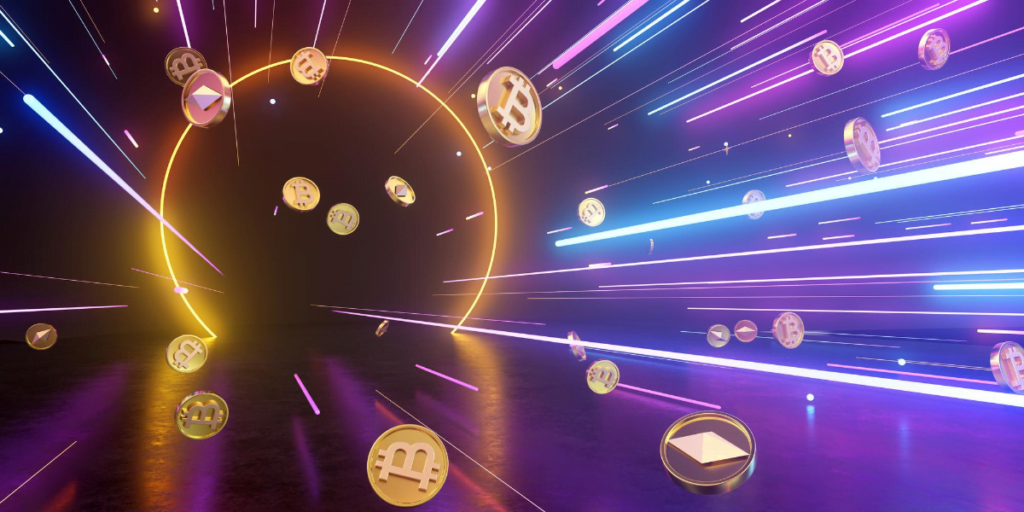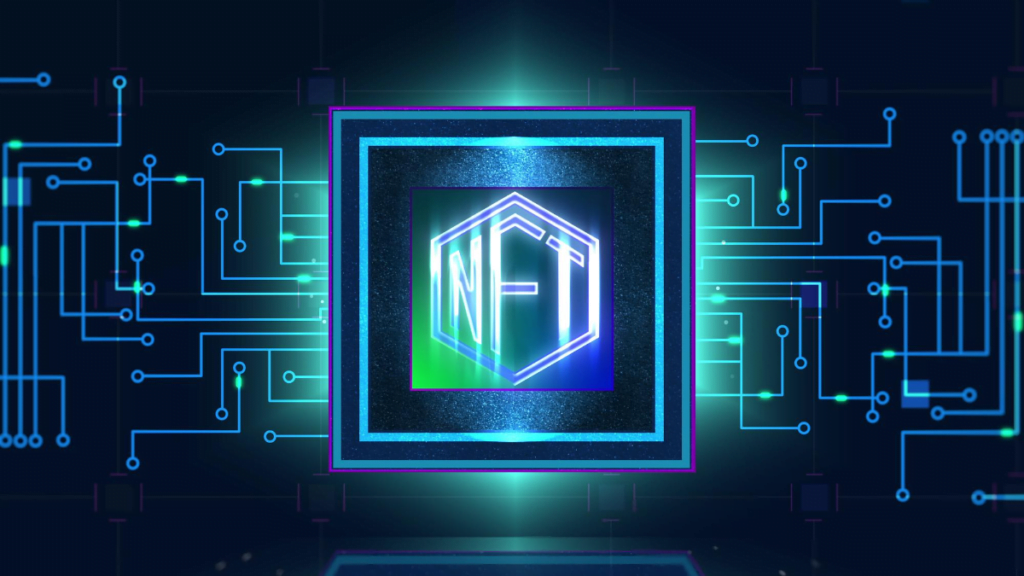A new type of NFT called “Ordinal NFTs” has recently appeared, catching the attention of the Web3 community and paving the way for new applications in the NFT space.
In this comprehensive guide, we’ll explore Ordinal NFTs, their unique attributes, underlying technology, and their impact on the digital art and collectible market.
Understanding Ordinal NFTs and Their Components
Ordinal NFTs are a unique type of NFT that includes serial numbers, rankings, or special identifiers. These NFTs consist of two main elements: tokenID and metadata. The tokenID gives each NFT a distinct barcode, ensuring uniqueness. Metadata, meanwhile, represents the NFT’s actual content, such as images, text, video, or any data that users connect with an NFT.
In Ordinal NFTs, the tokenID stems from the Ordinal Theory, which allocates a unique number to each individual cryptocurrency unit, like satoshis in Bitcoin.

In this approach, units are numbered based on when they were mined, and their order is maintained through a first-in, first-out system according to transaction sequence.
While the cryptocurrency protocol does not officially recognize this numbering system, a community of enthusiasts collectively assign importance to it and develop tools that support it.
As for metadata in Ordinal NFTs, also referred to as “inscriptions,” it is held within a transaction’s witness data. To create an Ordinal NFT, users need to send a transaction containing a single unit to a compatible wallet and include the desired metadata within the transaction.
Key Differences Between Ordinal NFTs and Standard NFTs
The primary distinction between Ordinal NFTs and standard NFTs lies in their fluid nature. Since the cryptocurrency protocol doesn’t formally recognize the Ordinal Theory, an ordinal can be either fungible or non-fungible, depending on the owner’s preference.
If an owner does not recognize or care about an ordinal or its attached data, it can be used like any other cryptocurrency unit.
In contrast, Ethereum NFTs, for example, are entirely separate from Ethereum coins and cannot be confused with fungible tokens, as the Ethereum network treats each token type differently.

The Debate Around Ordinal NFTs
The emergence of Ordinal NFTs has ignited discussions within the cryptocurrency community about their fundamental role and the ethos of cryptocurrencies like Bitcoin.
Critics argue that cryptocurrencies should primarily serve as secure financial transactions and that the rise of ordinal inscriptions unnecessarily fills up blockspace and drives up transaction fees.
On the other hand, proponents are enthusiastic about the cultural and memetic value that Ordinal NFTs bring to the blockchain and the possibility of expanding its decentralized database beyond financial transactions.
Since ordinals are valid in today’s blockchain, removing the ability to create ordinal inscriptions would require an update to the protocol. Consequently, it’s up to the community to decide whether ordinals are here to stay.
Conclusion
Ordinal NFTs represent a new and exciting development in the digital art and collectibles industry, offering unique opportunities for artists, collectors, and investors. As these tokens continue to gain traction, they could redefine our understanding of digital art and its inherent value. Embrace the world of Ordinal NFTs and join the forefront of a new era in digital creativity and ownership.
The main difference between Ordinal NFTs and standard NFTs lies in their fluid nature, as they can be either fungible or non-fungible, depending on the owner’s preference.
The Ordinal Theory assigns a unique number to each individual unit of a cryptocurrency, and this numbering system is used as the basis for the tokenID in Ordinal NFTs.
Ordinal NFTs are a unique type of non-fungible token that include serial numbers, rankings, or special identifiers, offering a new approach to digital art and collectibles.
Ordinal NFTs consist of two main elements: tokenID, which gives each NFT a distinct barcode, and metadata, which represents the NFT’s actual content.
The debate around Ordinal NFTs centers on whether cryptocurrencies should primarily serve as secure financial transactions, or if the added cultural and memetic value brought by Ordinal NFTs is a worthwhile expansion of the blockchain’s decentralized database.
Author

Passionate Web3 and NFT explorer, navigating the complex narrative of digital assets.




